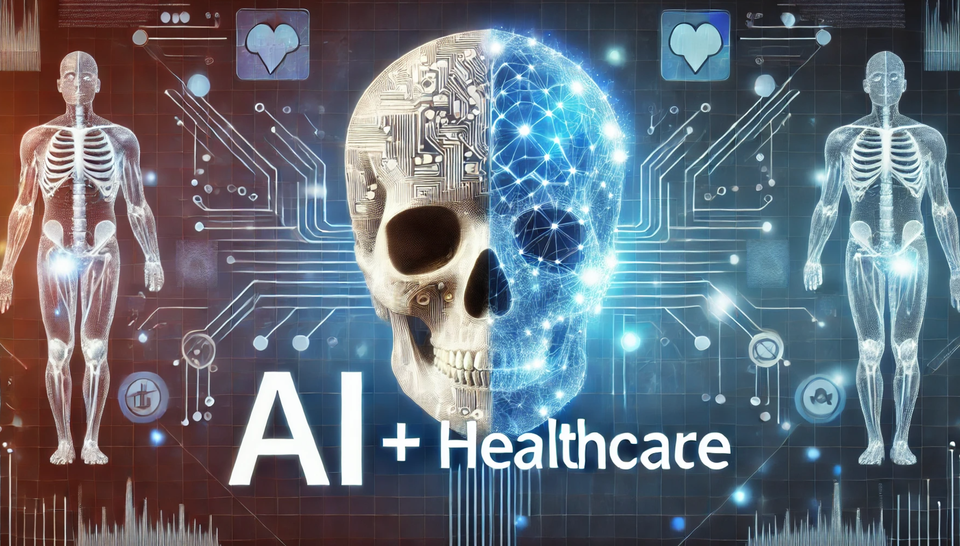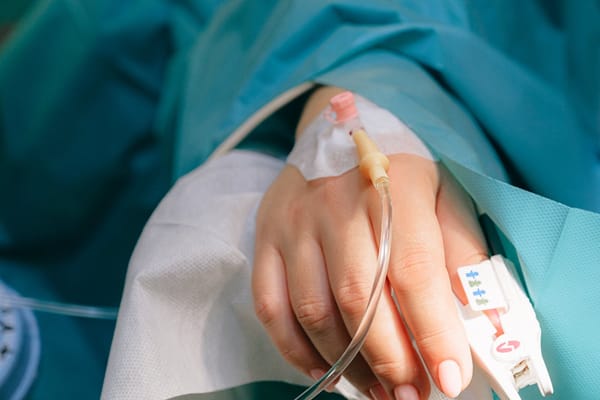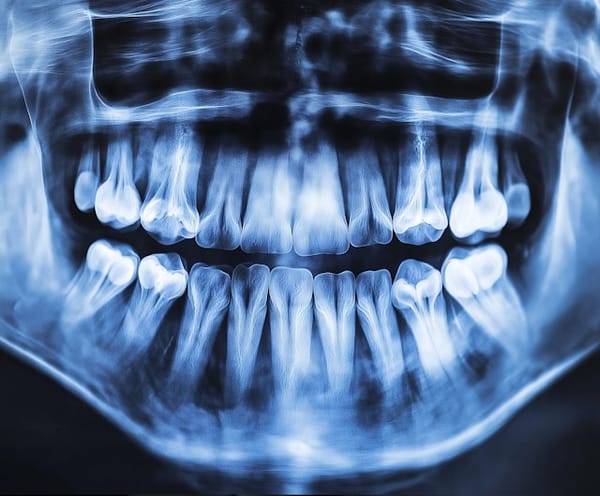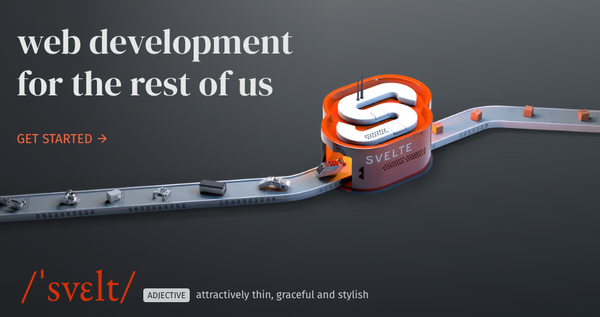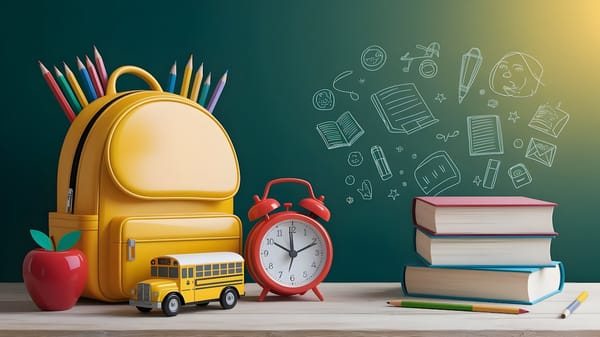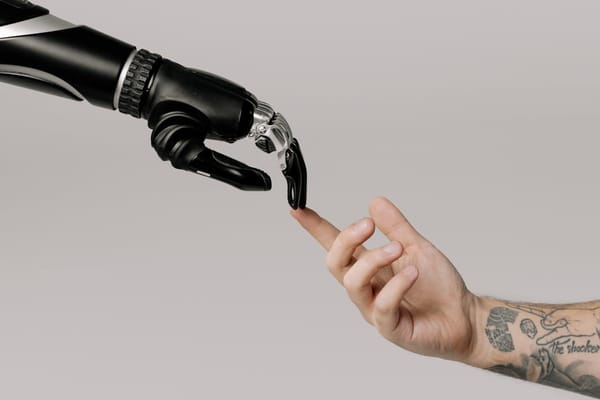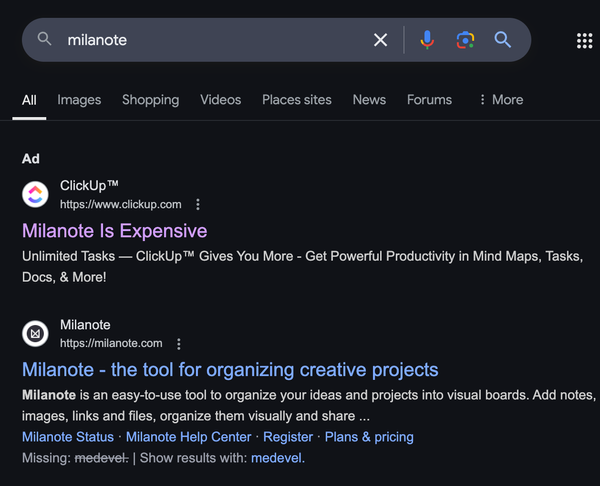How AI and RAG Technology Are Revolutionizing Medical Imaging: A Complete Guide to Modern Radiology Diagnostics
Table of Content
As artificial intelligence continues transforming healthcare, one of the most exciting developments is happening in radiology departments worldwide.
The integration of Large Language Models (LLMs) and Retrieval-Augmented Generation (RAG) with traditional medical imaging systems is creating unprecedented opportunities for more accurate diagnoses and improved patient care.
In this post, we will explore how these advanced technologies are reshaping the future of medical imaging.
Understanding AI-Powered Medical Image Analysis: The Convergence of LLMs and RAG Technology
Modern healthcare facilities rely heavily on medical imaging technologies like X-rays, MRIs, and CT scans for accurate diagnoses.
But what happens when we enhance these traditional tools with artificial intelligence?
The answer lies in the powerful combination of Large Language Models and Retrieval-Augmented Generation technology.
Large Language Models function as highly sophisticated AI systems that can understand and process human language with remarkable accuracy.
However, these models have traditionally been limited by their training data cutoff dates.
This is where RAG technology comes into play, acting as a bridge between AI language processing and real-time medical information retrieval.
Transforming DICOM and PACS: How Modern AI Integration Enhances Medical Imaging Systems
The marriage of artificial intelligence with existing medical imaging infrastructure, particularly DICOM (Digital Imaging and Communications in Medicine) and PACS (Picture Archiving and Communication Systems), represents a significant leap forward in diagnostic capabilities.

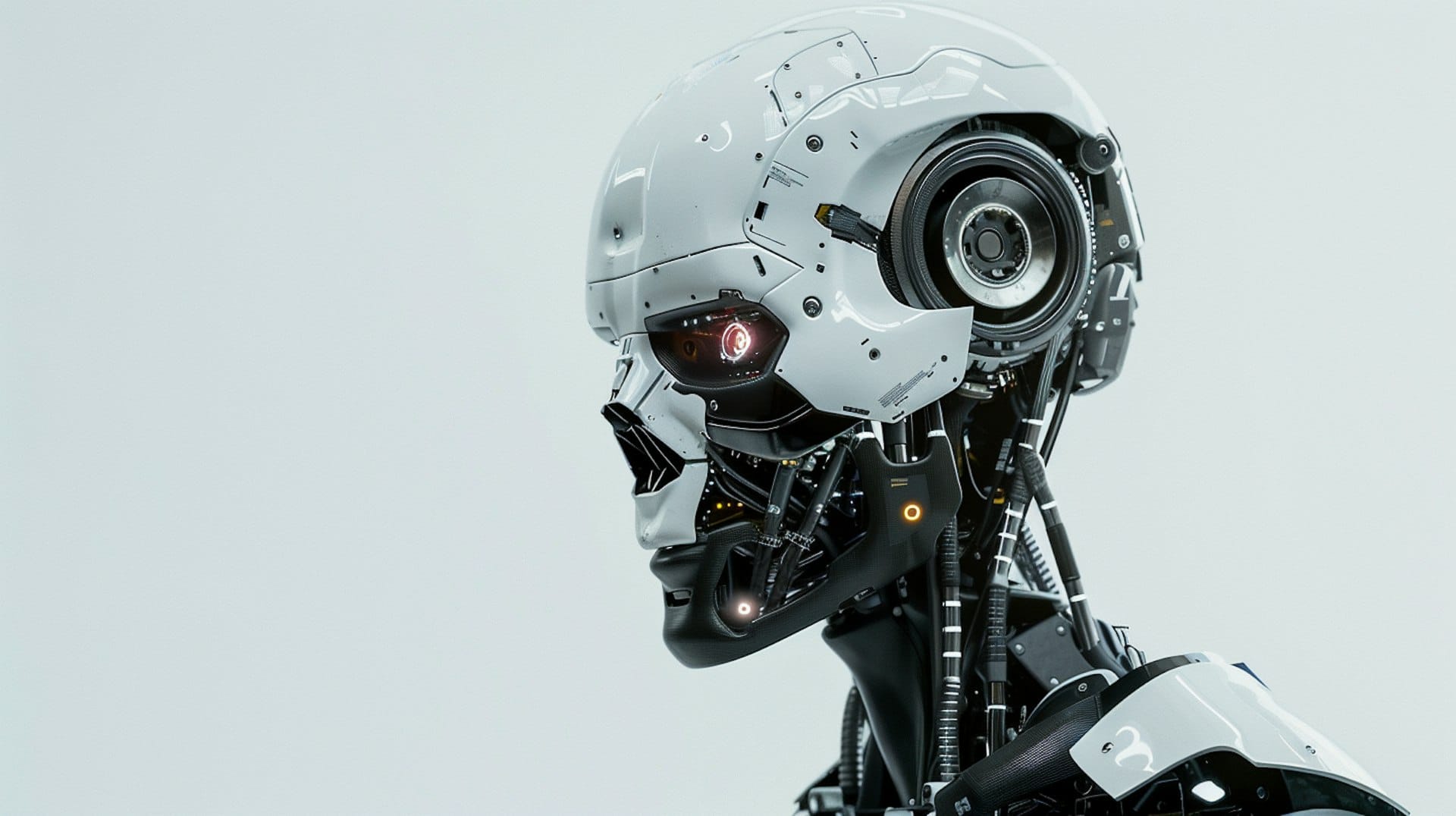
Here's how this integration is improving healthcare delivery:
1- Enhanced Diagnostic Accuracy Through AI-Powered Image Analysis
Modern AI systems can now analyze medical images with unprecedented precision, helping radiologists identify subtle abnormalities that might otherwise go unnoticed.
This technology acts as a powerful second opinion, enhancing the diagnostic process while maintaining the crucial role of human expertise.
2- Streamlined Radiology Workflows with Automated Intelligence
By automating routine tasks and report generation, AI systems allow healthcare professionals to focus more on complex cases and patient care. This efficiency boost is particularly valuable in busy hospital settings where time management is crucial.
3- Real-Time Medical Decision Support Systems
The integration of RAG technology enables immediate access to the latest medical research, helping healthcare providers make more informed decisions based on current best practices and emerging treatment options.
Next-Generation Medical Imaging: Predictions and Innovations in Diagnostic Technology
The future of medical imaging looks increasingly sophisticated, with several groundbreaking developments on the horizon:
Multimodal Medical Data Analysis
Future diagnostic systems will seamlessly integrate various data sources, including genetic information, laboratory results, and medical imaging, to provide comprehensive patient assessments.
AI-Driven Continuous Learning in Medical Diagnostics
As these systems process more cases, they continuously refine their diagnostic capabilities, leading to ever-improving accuracy and reliability in medical image interpretation.
Enhanced Healthcare Provider Collaboration
Advanced AI systems facilitate better communication among medical professionals by efficiently summarizing and highlighting critical patient information, leading to more coordinated care approaches.
Innovative Startups Leading the Medical Imaging Revolution
Several pioneering companies are at the forefront of this technological transformation:
1- RadioRAG: Advancing Real-Time Medical Data Retrieval
This innovative framework represents a significant step forward in combining current medical knowledge with AI-powered image analysis, enhancing the accuracy of radiological diagnostics.
2- MMed-RAG: Revolutionizing Multimodal Medical Imaging
By improving the factual accuracy of medical vision-language models, MMed-RAG is setting new standards in diagnostic precision and reliability.
3- Cohere: Enhancing Medical AI with Accurate Data Integration
Through sophisticated RAG system development, Cohere is helping to ensure that AI-generated medical insights are both current and precise.
The Future of Healthcare: AI-Enhanced Medical Imaging and Patient Care
The integration of artificial intelligence with medical imaging represents more than just technological advancement – it's a fundamental shift in how we approach diagnostic medicine.
As these systems continue to evolve, we can expect even more sophisticated tools that enhance diagnostic accuracy while maintaining the essential human element in healthcare delivery.
For healthcare providers and institutions looking to stay at the forefront of medical technology, understanding and implementing these AI-enhanced imaging solutions will be crucial.
The future of radiology is here, and it's powered by the intelligent combination of human expertise and artificial intelligence.
Using Open-Source LLMs and RAG Resources in Radiology
As a doctor and software developer, I've always been fascinated by how open-source technologies are transforming healthcare. In radiology, the integration of open-source tools is a game-changer, offering flexibility, transparency, and cost-efficiency for hospitals and healthcare providers.
Open-source Large Language Models (LLMs) and Retrieval-Augmented Generation (RAG) frameworks stand out as incredible tools, particularly for their adaptability and ability to improve diagnostics in innovative ways.
Here in Medevel.com, we’ve explored dozens of open-source LLMs, RAG resources, and medical software over the years, highlighting how these tools can be used effectively in research, radiology, and diagnostics.
Open-Source LLMs
There are many open-source LLMs that can be fine-tuned for medical applications, making them ideal for radiology workflows. Here are some excellent examples:
- LLaMA (Large Language Model Meta AI): Known for its powerful language capabilities, this model can be tailored for medical-specific terminology, making it highly useful in radiology reports and diagnoses. Check Ollama.
- Falcon: A lightweight, high-performance model that works well even with limited resources, perfect for hospitals with minimal IT infrastructure.
- Mistral: A highly efficient and accurate model, particularly for handling complex medical language tasks such as radiology interpretations.
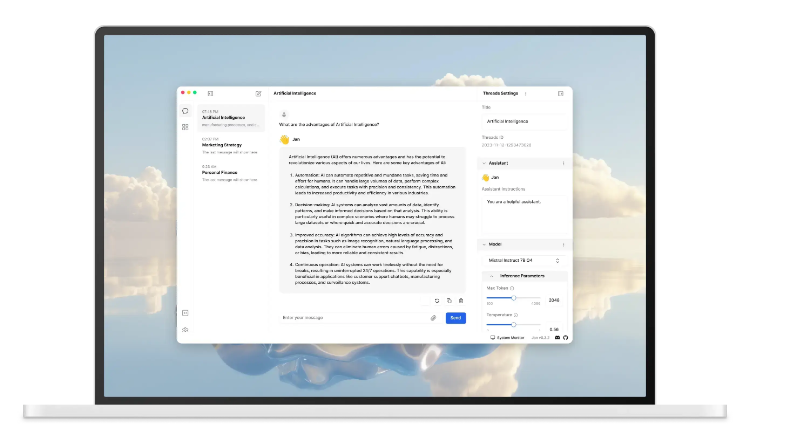


Open-Source RAG Frameworks
To complement these LLMs, open-source RAG frameworks can retrieve and integrate real-time data, ensuring diagnostic tools remain current and accurate:
- Haystack: A robust framework for building AI-powered search systems, perfect for radiology by enabling quick retrieval of relevant studies and case references.
- LangChain: This tool allows developers to chain multiple LLM tasks, such as summarizing clinical data or querying PACS and DICOM systems for detailed patient histories.
- OpenAI’s API with RAG: While not entirely open-source, it supports integration with custom RAG features, enabling dynamic updates and retrievals for radiology workflows.
Coverage on Medevel.com
At Medevel.com, we’ve reviewed and shared dozens of open-source LLMs and RAG frameworks that can enhance medical research.
Over the years, we’ve also covered many open-source radiology and diagnostic apps designed to improve healthcare workflows and patient outcomes.
These resources show how open-source tools are transforming the way we approach diagnostics and medical imaging.

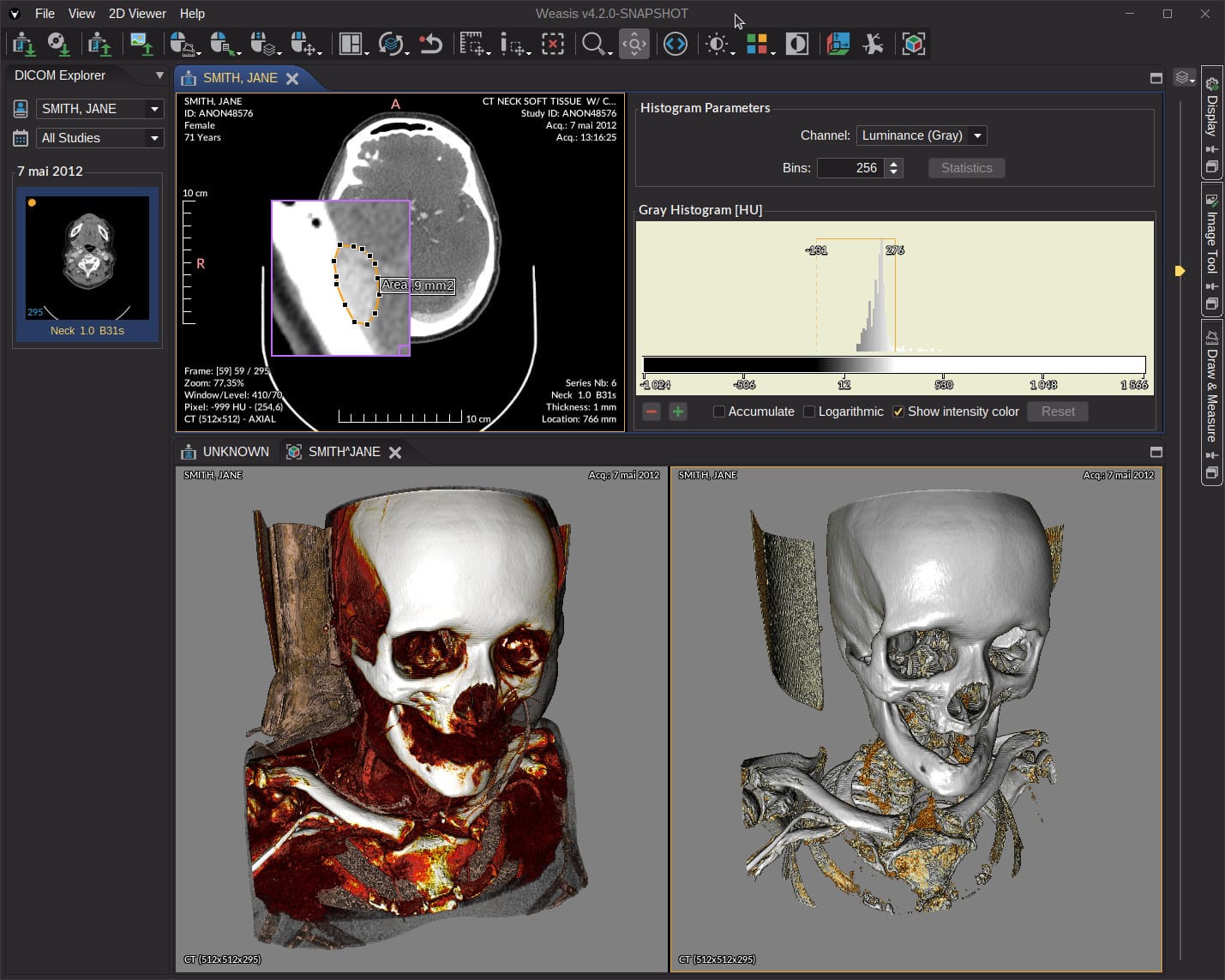
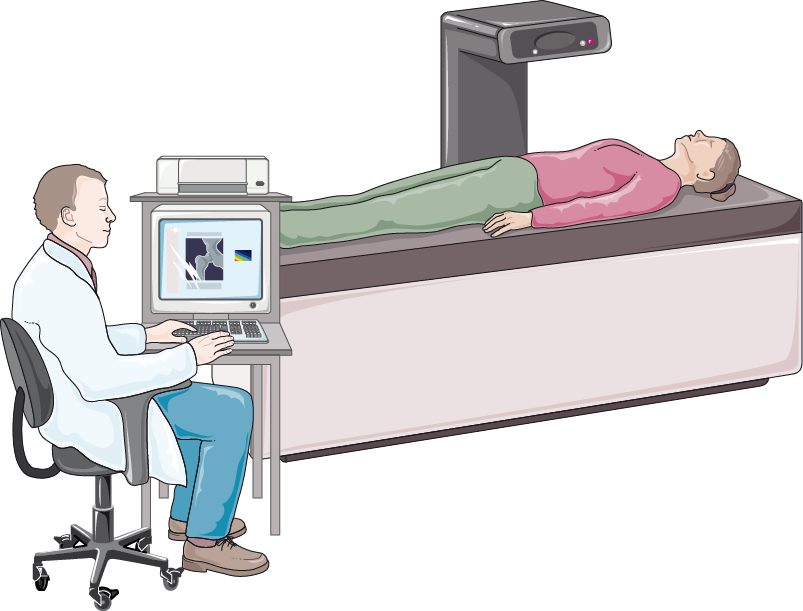
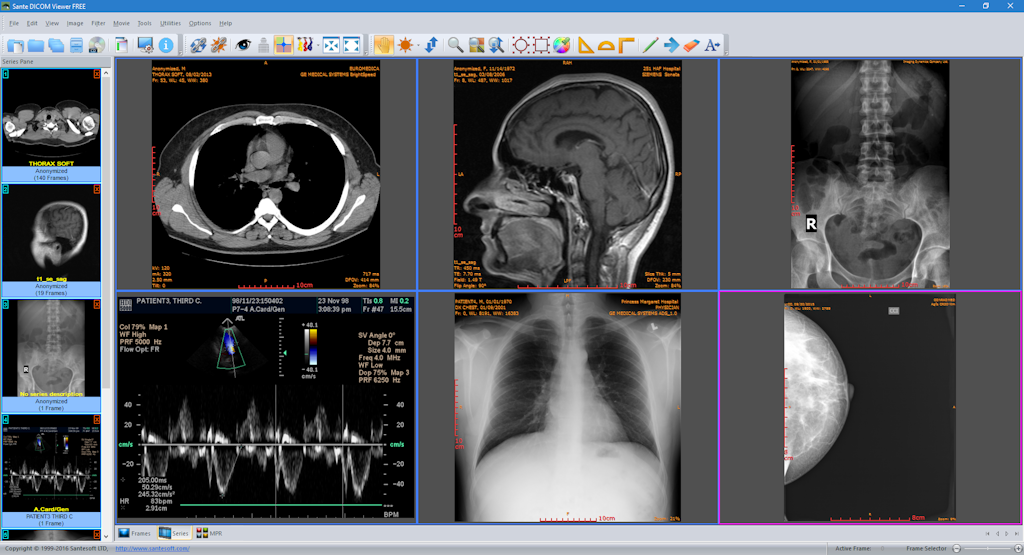
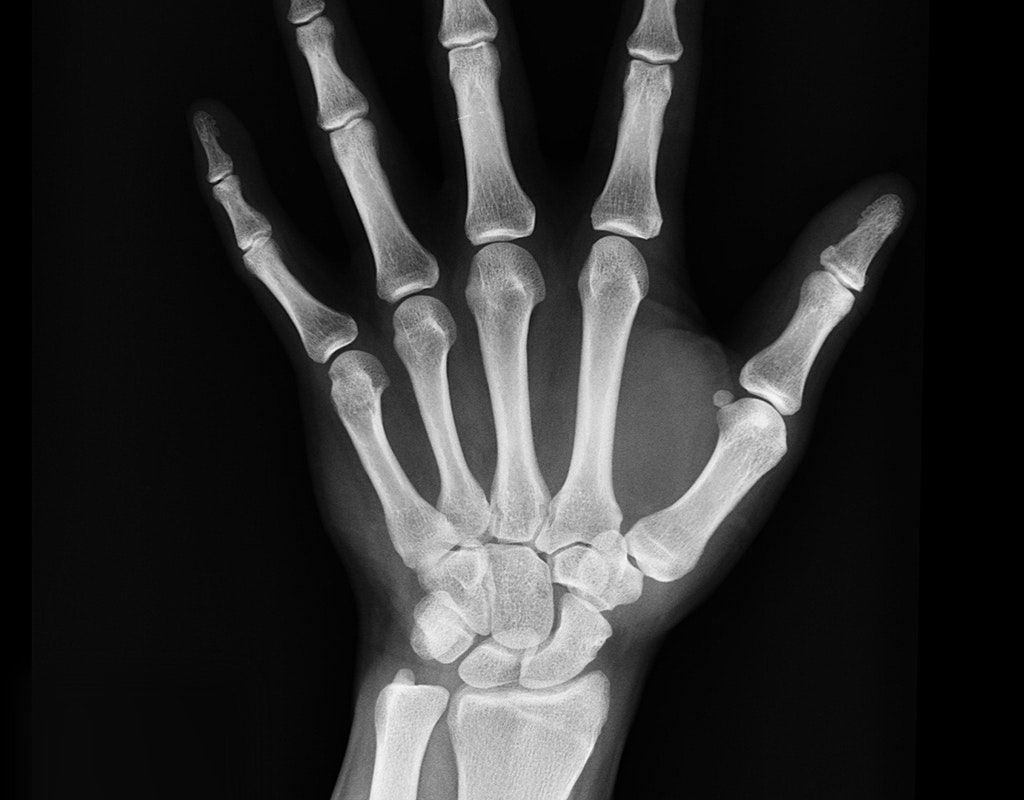
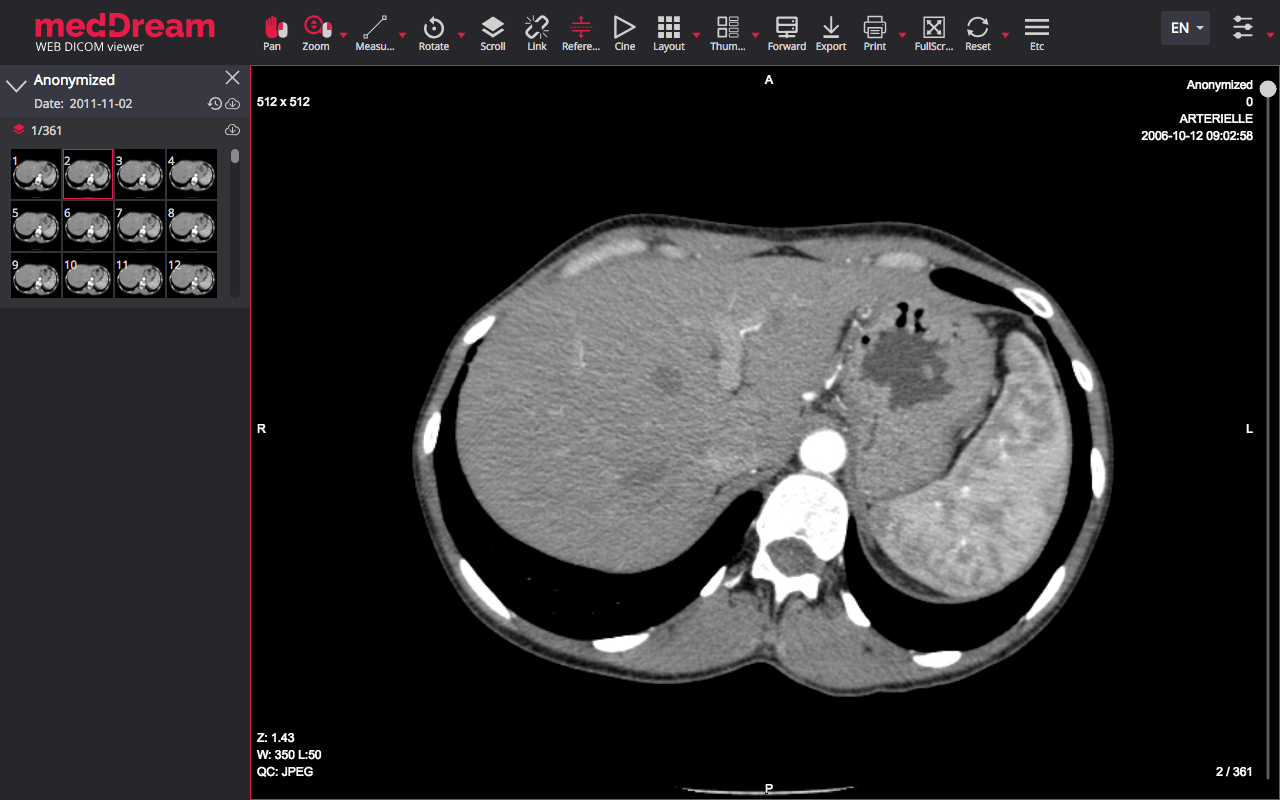
Final Note
By leveraging open-source LLMs and RAG technologies, radiology departments can build advanced diagnostic tools that are not only cost-effective but also highly customizable.
Whether it’s enhancing PACS/DICOM functionality or automating radiology reports, the possibilities are endless. With tools like these, the future of radiology looks more efficient, accessible, and patient-centered than ever before.

